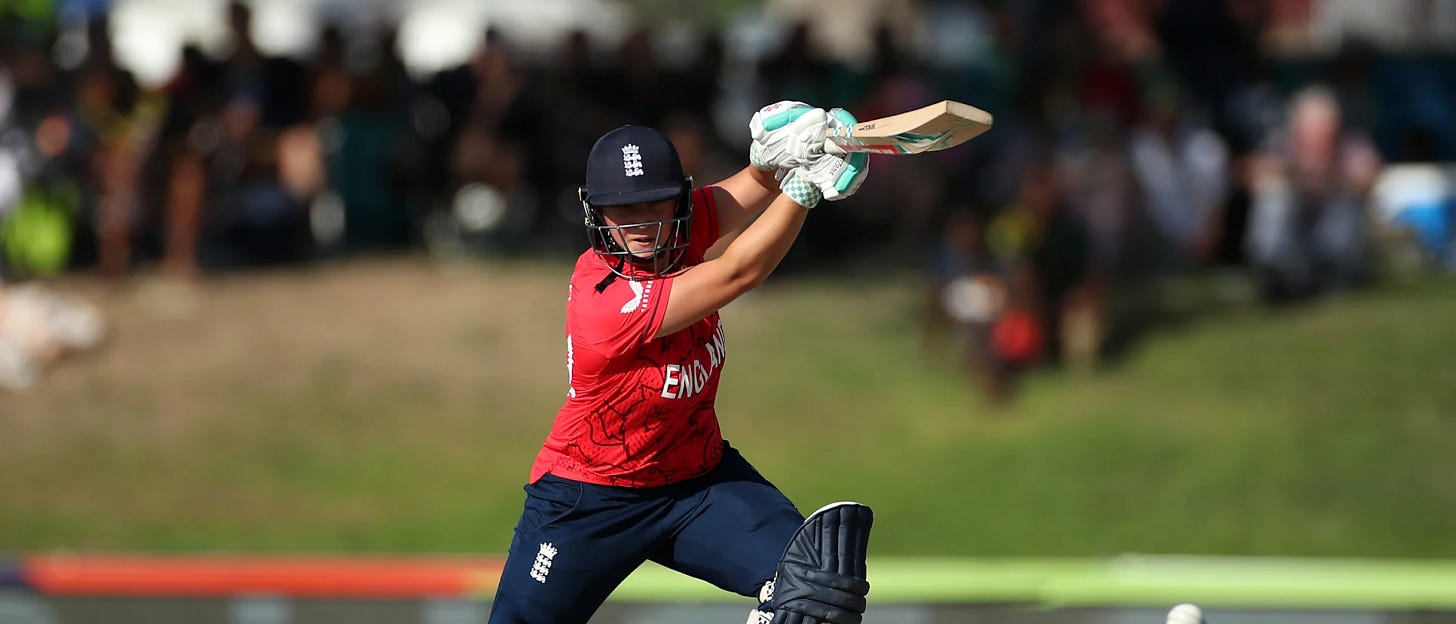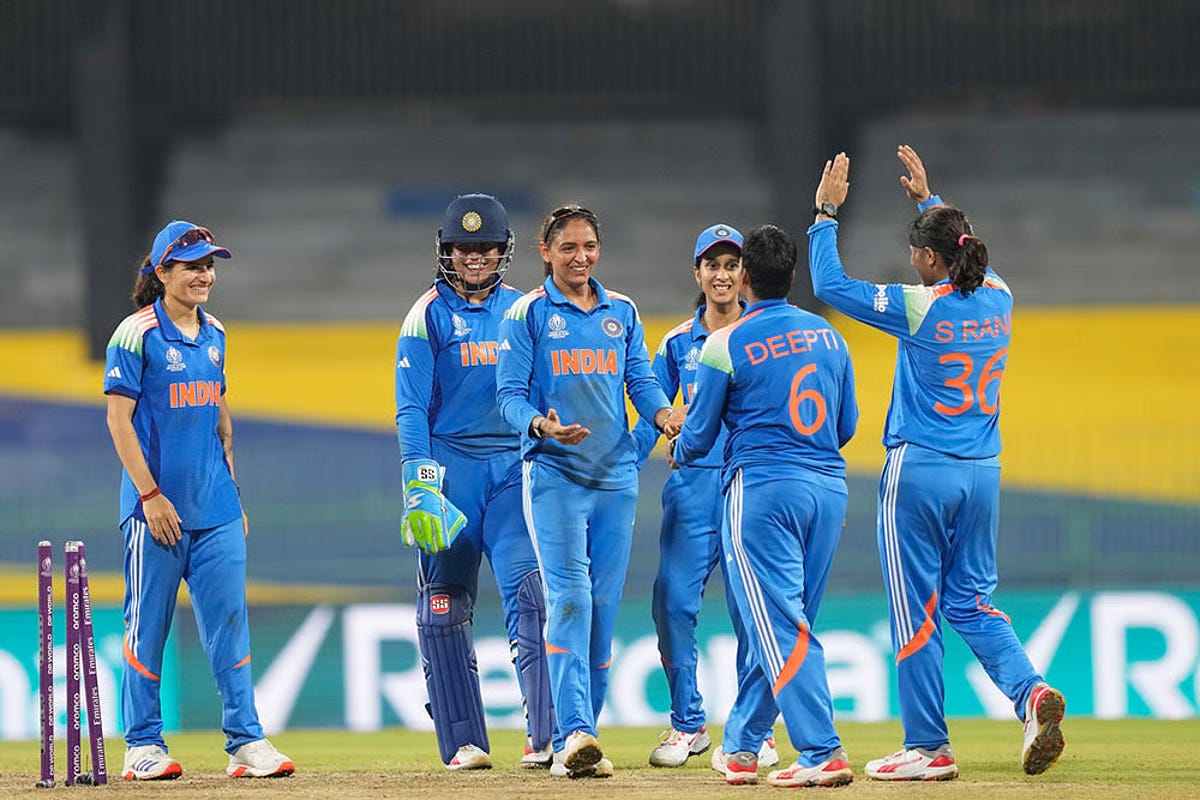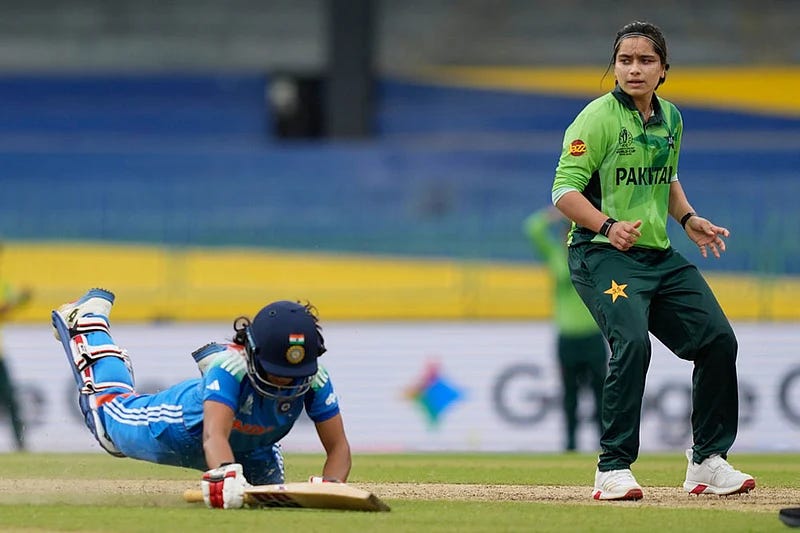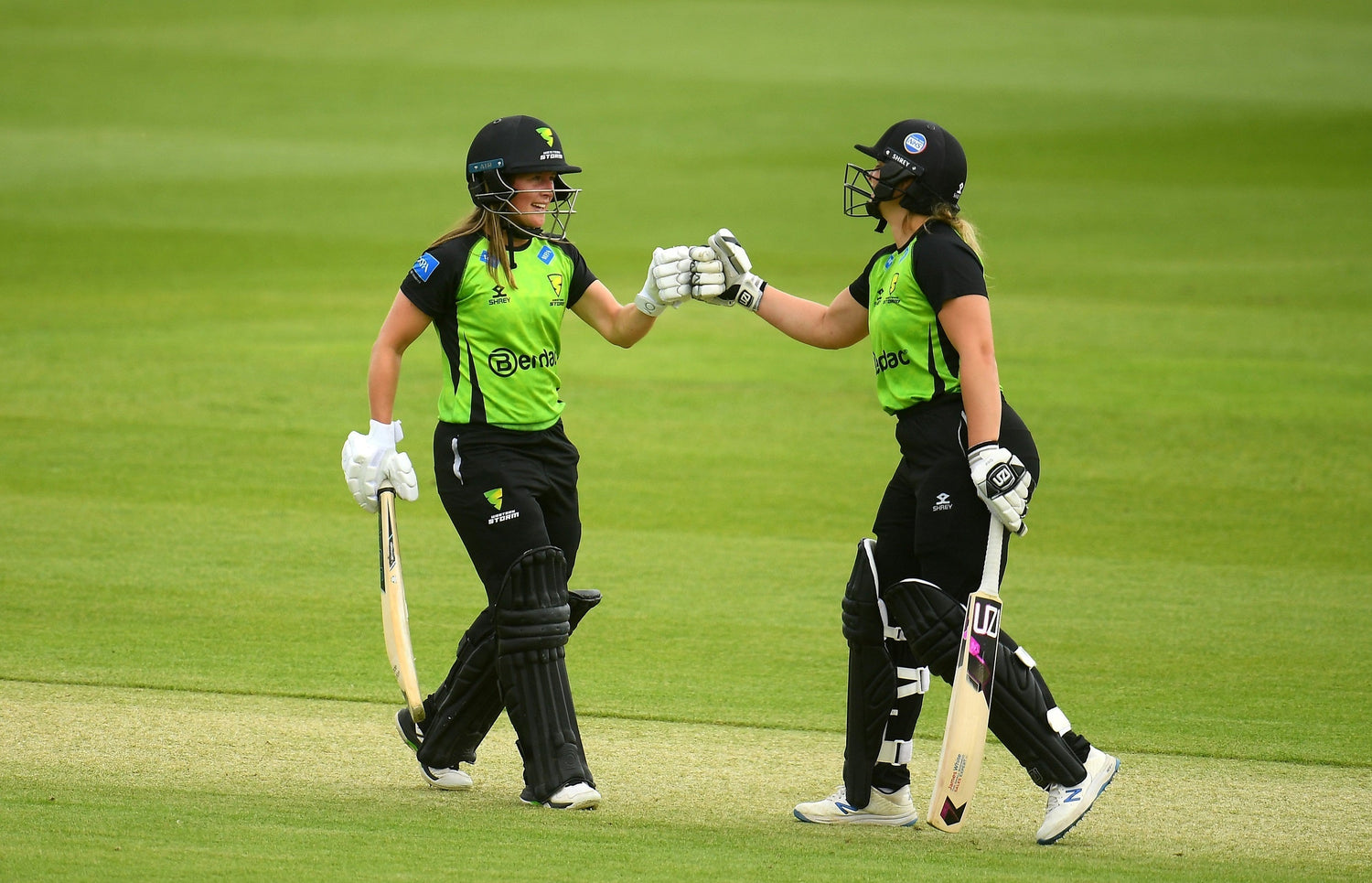As October 2025 unfolds, the cricketing world’s attention has turned to India, where the ICC Women’s Cricket World Cup is painting a complex portrait of the women’s game - one filled with record-breaking achievements, persistent challenges, and the quiet determination of athletes pushing boundaries both on and off the field.
The tournament, running from 30 September to 2 November 2025 across Indian venues including the Holkar Cricket Stadium in Indore, represents more than just another World Cup. It’s a referendum on how far women’s cricket has come, and a stark reminder of how far it still needs to go.
The Prize Money Paradox
Let’s start with the headline that dominated pre-tournament coverage: the ICC announced a total prize pool of $13.88 million for this World Cup - a staggering 297% increase from the $3.5 million offered at the 2022 edition in New Zealand. Even more remarkably, this prize money actually surpasses the total offered at the 2023 Men’s Cricket World Cup.
On the surface, this feels like a watershed moment. Finally, tangible recognition that women’s cricket deserves comparable financial respect. The players competing in this tournament - from India’s Smriti Mandhana to Australia’s defending champions to Pakistan’s resilient squad that just lost to India by 88 runs yesterday - are competing for genuinely life-changing money.
But here’s where the complexity emerges: while tournament prize money has exploded, the underlying infrastructure of women’s cricket reveals uncomfortable truths about sustainability and equity.
The Domestic Disconnect
England’s recent announcement that women’s domestic players would receive minimum salary equality from 2025 seemed like progress. The England and Wales Cricket Board invested an additional £4-5 million annually into the women’s domestic structure, aligning professional standards between men’s and women’s cricket.
Yet look closer at The Hundred - England’s flagship domestic competition. The top-paid male player earns £125,000. The top-paid woman? £31,250. That’s a four-to-one disparity in the same tournament, played concurrently, with near-identical scheduling and infrastructure.
The International Cricket Equality Council’s 2024 report called for gender parity in cricket pay by 2030, demanding The Hundred’s pay structure be amended for the 2025 season. That deadline came and went. The structure remains unchanged as these World Cup matches unfold.
This creates a dissonance that the players competing in India right now must navigate mentally: They’re playing for record prize money while knowing their domestic careers back home remain undervalued. It’s champagne at the World Cup, but sparkling water at the county level.
On the Field: Competition Intensity
The actual cricket being played tells its own important story. As of October 5th, early matches have showcased the sport’s growth in competitive balance. India’s victory over Pakistan wasn’t just a political rivalry match - it demonstrated the technical sophistication and tactical maturity now standard in women’s cricket.
Australia enters as defending champions, seeking their eighth title (having won seven of the nine previous World Cups). But unlike previous tournaments where Australia’s dominance felt inevitable, the 2025 edition features genuine competition. South Africa faces New Zealand in Indore today in what shapes as a must-win for both teams seeking momentum. England, despite domestic cricket’s pay disparities, remains a formidable force. Bangladesh and Sri Lanka are no longer just participants - they’re legitimate competitors capable of tournament upsets.
This competitive depth is what the women’s game has fought decades to achieve. Yet it’s arrived at a curious moment: just as the sport reached parity in playing standards, the final World Cup with eight teams. Future editions expand to ten, fourteen, potentially more teams - growth that brings new participation but might dilute this hard-won competitive balance.
The Infrastructure Question
The choice of India as host reveals both opportunities and challenges. India has enthusiastically embraced women’s cricket - the Women’s Premier League (WPL) has achieved broadcast deals rivaling established men’s competitions, and attendance at women’s matches in India regularly breaks records.
Yet even in cricket-obsessed India, women’s cricketers face infrastructure challenges. Training facilities, while improving, remain secondary to men’s programs. Media coverage, despite WPL’s success, defaults to men’s cricket for the majority of the calendar year. And critically, the pathway for young girls to enter professional cricket remains dramatically narrower than for boys.
The World Cup showcases the pinnacle - elite athletes competing on pristine grounds before substantial crowds and global television audiences exceeding a billion viewing hours (as the 2023 T20 World Cup achieved). But away from the spotlight, grassroots women’s cricket struggles for resources, coaching quality, and cultural acceptance across much of the cricket-playing world.
The Challenge of Consistency
Perhaps the most difficult challenge facing women’s cricket in late 2025 isn’t any single issue but rather the inconsistency of progress across different dimensions.
Prize money: Record-breaking at World Cups, but...
Domestic salaries: Still dramatically lag men’s cricket in most countries.
Media coverage: Extensive during major tournaments, but...
Year-round attention: Defaults overwhelmingly to men’s cricket.
Professional contracts: Growing steadily, with India’s Grade A contracts paying Rs 15 lakh per Test, Rs 6 lakh for ODIs, and Rs 3 lakh for T20Is, yet...
Contract numbers: Remain limited compared to men’s cricket pathways.
Public interest: Surging during World Cups and premier leagues, but...
Grassroots investment: Still struggling to match rhetoric with resources.
This inconsistency creates a peculiar reality for players. They’re simultaneously celebrated as trailblazers during World Cups and struggling for basic equity in their day-to-day professional lives.
How Players Are Overcoming
What’s remarkable isn’t that these challenges exist - systemic change always moves slower than advocates desire - but how the players themselves are navigating these contradictions.
Professionalism despite disparity: Women cricketers train with the same intensity, maintain the same fitness standards, and execute the same technical excellence as their male counterparts, regardless of pay ratios. The quality of cricket in this World Cup isn’t “good for women’s cricket” - it’s simply good cricket.
Advocacy alongside performance: Players are increasingly vocal about equity issues without letting those battles distract from competitive excellence. When Indian players discuss their Grade B contracts, they do so while maintaining performance standards that keep India atop the World Cup standings.
Building commercial value: Rather than waiting for cricket boards to acknowledge their worth, women cricketers are actively building personal brands, leveraging social media, and creating commercial value that forces institutional recognition. The Instagram followings, sponsorship deals, and media appearances are changing the economic equation.
Mentoring the next generation: Current players understand they’re building not just their careers but the entire structure for future generations. The mentorship programs, coaching initiatives, and youth engagement create pathways that didn’t exist even five years ago.
International solidarity: Unlike previous eras where competition divided camps, today’s women cricketers increasingly support each other across national boundaries. When England players advocate for pay equity, they’re strengthening arguments that benefit Pakistani, South African, and Bangladeshi players too.
The October 2025 Snapshot
As we watch New Zealand and South Africa compete in Indore, India celebrate their dominant victory over Pakistan, and Australia defend their championship, we’re witnessing women’s cricket at a fascinating inflection point.
The sport has achieved undeniable mainstream legitimacy. World Cup prize money exceeding men’s tournaments signals that cricket’s governing bodies recognize women’s cricket as a genuine revenue driver, not a charitable endeavor. The competitive balance, technical quality, and global interest are undeniable.
Yet simultaneously, domestic structures reveal how far institutional equality remains. The pay gaps, resource disparities, and infrastructure inequities persist even as World Cup rhetoric celebrates progress.
This isn’t contradiction - it’s complexity. Progress isn’t linear, and different aspects of any movement advance at different speeds. Tournament success can coexist with domestic struggle. Record prize money can accompany ongoing pay inequality. Both realities are true.
Looking Beyond the World Cup
The real test for women’s cricket comes after the final on November 2nd. Will the momentum, attention, and financial investment sustain between major tournaments? Will domestic structures finally achieve the equity that World Cup headlines promise?
History suggests caution. Previous World Cups generated similar excitement followed by attention fading and investment slowing. The 2017 World Cup in England seemed transformative - until the gap to the next tournament revealed how quickly momentum can dissipate.
But there’s reason for optimism too. The structural changes occurring in 2025 - England’s domestic salary equalization, India’s WPL maturation, the ICC’s increased prize money, expanding international calendars - represent deeper institutional change than previous cycles of World Cup enthusiasm and post-tournament letdown.
The players competing in India right now understand this. They’re not just fighting for the trophy; they’re fighting to ensure the next generation inherits a more equitable sport. Their performances on the field - the boundaries, the wickets, the moments of brilliance that will define this tournament - are ultimately advocacy for resources, respect, and recognition.
The Bottom Line
Women’s cricket in late 2025 is simultaneously thriving and struggling. The World Cup showcases a sport that has achieved technical excellence, competitive balance, and global appeal. Yet the underlying structures reveal persistent inequities that rhetoric hasn’t fully addressed.
The ladies competing in India aren’t just athletes - they’re pioneers navigating celebration and adversity simultaneously. They’re praised as role models while fighting for basic pay equity. They’re setting viewership records while their domestic leagues struggle for consistent investment. They’re inspiration for millions of girls while those girls face barriers to participation their brothers don’t encounter.
How they’re overcoming? With resilience, excellence, and refusal to accept that progress in one area excuses stagnation in others. They’re playing brilliant cricket while demanding better. They’re celebrating World Cup prize money while advocating for domestic equity. They’re grateful for progress while insisting on more.
As India and Pakistan played yesterday, as South Africa and New Zealand compete today, as the tournament unfolds toward its November conclusion, we’re watching more than a championship. We’re watching a movement that’s achieved remarkable success while refusing to declare victory until equity is complete.
That’s the state of women’s cricket in late 2025: Stronger than ever. Still fighting. And not nearly finished.
What’s your take on the current state of women’s cricket? Have you been following the World Cup? Share your thoughts in the comments below.








